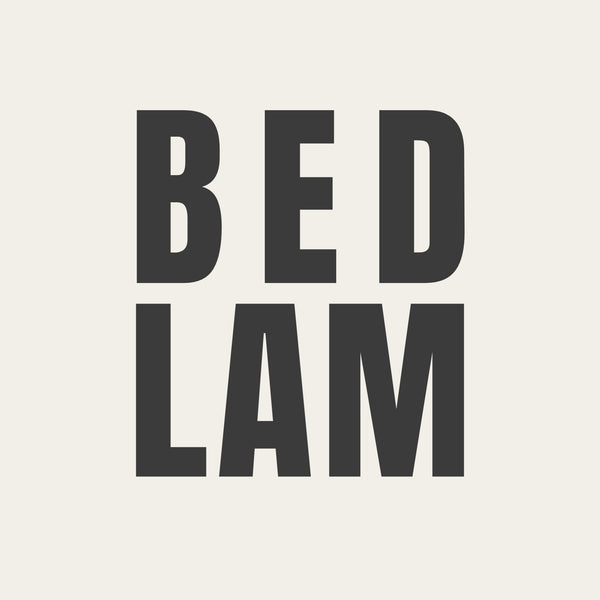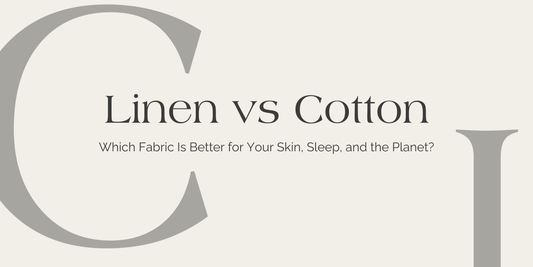When it comes to home textiles, few fabrics carry as much allure as “French linen.” But what is French linen, really—and why has it become a staple in so many well-dressed homes? The term instantly evokes images of picturesque farms in Normandy, timeless European craftsmanship, and stylish simplicity. But what is French linen really? Is all “French linen” actually made in France, and does it matter?
Before you invest in new linen bedding or clothing labeled “French linen,” it’s essential to understand the nuances behind this prestigious label. The reality is more complicated—and much more interesting—than most realize.

What is French Linen, Exactly?
At its core, French linen refers specifically to linen fabric woven from flax plants grown in France. The flax plant thrives in France’s mild coastal climate, especially in the Normandy region, known for producing the world’s finest flax fibers.
However, many consumers don’t realize that flax harvested in France often travels thousands of miles for spinning, weaving, and finishing—typically to factories in China or India. These textiles still bear the prestigious label “French linen,” despite being manufactured far from Europe’s legendary mills.
So, if true European quality and sustainability matter to you, verifying the full supply chain—not just the origin of flax—is crucial.

Why Is Authentic French Linen Special?
To truly understand what is French linen, you need to consider more than geography. Authentic French linen reflects centuries of artisanal know-how. European mills, particularly those in France, Belgium, and Lithuania, still follow traditional techniques of weaving, dyeing, and finishing, producing linen that becomes softer and more comfortable over time.
Genuine European-crafted linen is heavier, typically ranging from 190–210 GSM (grams per square meter), creating a luxurious, durable feel. This GSM standard far outpaces cheaper, lower-density alternatives that degrade quickly.
Understanding GSM helps you select bed linen that matches your preferences and lifestyle. For more detail, explore our Linen Sheets Guide: Why GSM Matters More Than Thread Count.

French Linen vs. Imported Linen: What’s the Difference?
What is French linen if it’s not actually made in France? Many sheets labeled “French linen” undergo processing in overseas factories, often far from the high standards associated with European production. While these products might look similar at first glance, they can differ significantly in quality, longevity, and overall performance.
European-made linen is subject to strict environmental and chemical regulations, ensuring cleaner processing and a superior finish. In contrast, linen processed in non-European facilities—despite being made from French-grown flax—may involve heavier chemical treatments and less transparent labor practices.
A label that clearly states manufacturing in France, Belgium, or Lithuania is your best assurance that you’re getting authentic, high-quality French linen—not just French flax.

Certifications Are Helpful — But Not the Whole Story
Certifications like European Flax® and OEKO-TEX® are useful indicators of quality and sustainability. European Flax® ensures flax was grown responsibly in Europe, while OEKO-TEX® certifies fabrics are free from harmful substances.
But here’s the catch: understanding what is French linen requires more than checking for logos. Linen made in China or India often carries these same certifications because the flax originates in Europe — yet the weaving, dyeing, and finishing happen elsewhere.
So while certifications are worth looking for, they don’t guarantee European processing or craftsmanship. Always check the country of manufacture explicitly listed on the label—that’s the clearest proof of authenticity and quality.

What Makes Linen Ideal for Your Home?
Now that we’ve cleared up what is French linen, you might wonder why linen remains so beloved—beyond its European allure.
First, linen is naturally breathable, hypoallergenic, and moisture-wicking. Its thermoregulating properties help you sleep better year-round, whether you’re in a humid climate or a chilly environment. Linen also ages gracefully, becoming softer, stronger, and more comfortable with each wash.
If you’re considering new bed linen, the weight and quality of the fabric matter significantly. Discover how to choose the ideal fabric weight in our article Good GSM for Linen Bed Sheets: How to Choose the Right Weight.

Care Is Simpler Than You Think
Linen’s reputation for being high-maintenance is largely undeserved. In fact, once you understand what is French linen—a fabric meant to soften and improve over time—it becomes clear that caring for it is refreshingly simple. Just follow these easy steps:
• Wash linen gently in cool or lukewarm water.
• Avoid fabric softeners, which coat fibers and reduce absorbency.
• Dry linen on low heat, embracing the natural wrinkles that give it a relaxed, lived-in charm.

Quality Matters for Your Health
When choosing linen, quality is everything. Authentic, fully European-made linen undergoes careful processing that keeps the fabric naturally breathable, hypoallergenic, and gentle on your skin—qualities that cheaper, mass-produced linens often lack. Investing in linen that’s truly European-made ensures you’re getting all the health and comfort benefits linen is known for.
As highlighted in Vogue’s linen guide, proper processing is key to enjoying the genuine comfort and wellness advantages of high-quality linen.

Final Thoughts: Know What You’re Buying
When someone asks, “What is French linen?” the answer is multifaceted. It’s not just about flax’s origin—it’s about where and how the fabric itself is produced. Genuine European-made linen represents craftsmanship, sustainability, and quality that imported alternatives rarely match.
When buying French linen, always:
- Verify the full origin of the fabric, not just the flax.
- Look for explicit manufacturing locations (France, Belgium, Lithuania).
- Understand GSM, not just thread count or vague certifications.
Your choices matter—so choose wisely, and you’ll enjoy superior comfort, quality, and ethical peace of mind for years to come.





